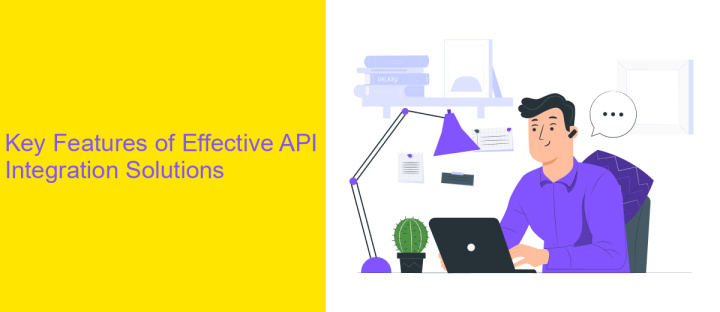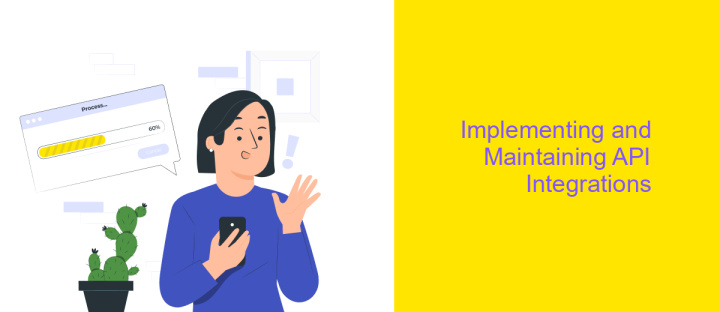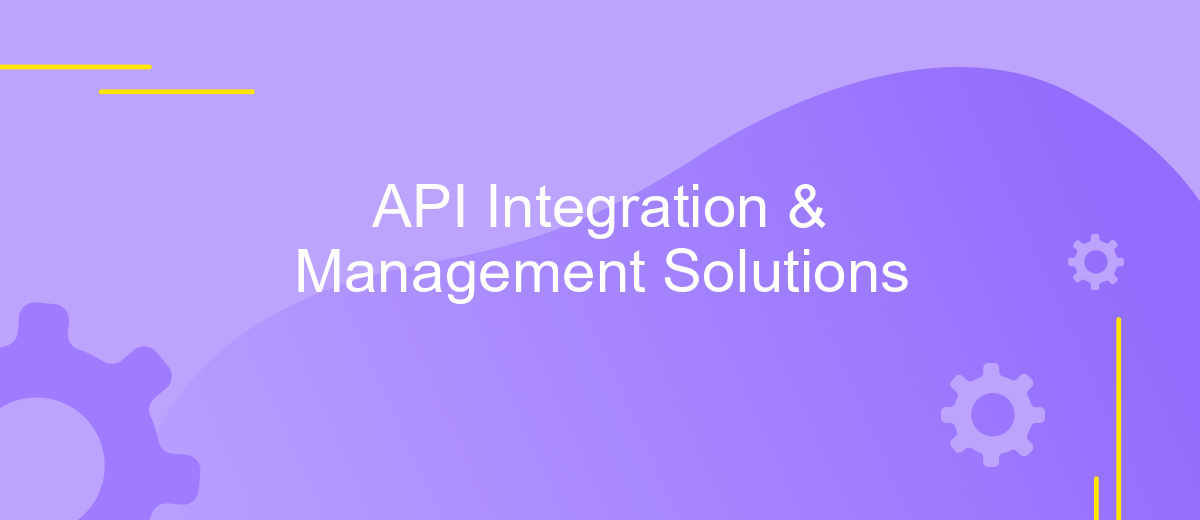API Integration & Management Solutions
In the rapidly evolving digital landscape, businesses are increasingly relying on API integration and management solutions to streamline operations and enhance connectivity. These tools enable seamless communication between disparate systems, driving efficiency and innovation. By leveraging API solutions, organizations can unlock new opportunities for growth, improve customer experiences, and maintain a competitive edge. This article explores the key benefits and strategies for effective API integration and management.
Understanding API Integration and Management
API integration and management are crucial for modern businesses striving to enhance their digital capabilities. By connecting disparate systems and applications, APIs facilitate seamless data exchange, improving operational efficiency and enabling innovative solutions. Effective API management ensures that these integrations are secure, scalable, and reliable, providing businesses with the flexibility to adapt to changing technological landscapes.
- API integration connects different software systems, enabling them to communicate and share data.
- API management involves monitoring, securing, and optimizing API usage to ensure performance and security.
- Effective management includes access control, rate limiting, and analytics for better decision-making.
In today's fast-paced digital environment, businesses must leverage API integration and management to stay competitive. By doing so, they can streamline operations, enhance customer experiences, and unlock new opportunities for growth. As APIs continue to evolve, organizations that prioritize integration and management will be better positioned to innovate and thrive in the digital age.
Key Features of Effective API Integration Solutions

Effective API integration solutions are characterized by their ability to seamlessly connect disparate systems, enabling smooth data flow and communication. Key features include robust security protocols to protect sensitive information, scalability to handle increasing data loads, and real-time data synchronization to ensure timely updates across platforms. Solutions like ApiX-Drive offer user-friendly interfaces that simplify the integration process, allowing even non-technical users to set up and manage connections efficiently. Additionally, comprehensive monitoring and analytics tools provide insights into API performance, helping businesses optimize their operations.
Another crucial feature is the flexibility to support a wide range of APIs, including REST, SOAP, and GraphQL, ensuring compatibility with various applications and services. Customizable workflows and automation capabilities streamline business processes, reducing manual intervention and errors. ApiX-Drive, for instance, provides pre-built connectors and templates that expedite the integration setup, saving time and resources. Lastly, reliable customer support and regular updates are essential to address any issues promptly and keep the integration solutions aligned with evolving business needs and technological advancements.
Choosing the Right API Management Solution for Your Needs

Choosing the right API management solution is crucial for ensuring seamless integration and optimal performance. The right solution can help streamline processes, enhance security, and improve user experiences. When evaluating options, it's important to consider several key factors to ensure the solution aligns with your specific needs and objectives.
- Scalability: Ensure the solution can handle your current and future API traffic without compromising performance.
- Security: Look for robust security features such as authentication, authorization, and data encryption to protect sensitive information.
- Usability: Choose a user-friendly interface that simplifies management tasks for your team.
- Integration Capabilities: Verify that the solution supports integration with your existing systems and third-party applications.
- Cost: Consider the pricing model and ensure it fits within your budget while delivering the necessary features.
By carefully assessing these factors, you can select an API management solution that not only meets your current requirements but also adapts to future challenges. A well-chosen solution will empower your organization to leverage APIs effectively, driving innovation and growth.
Implementing and Maintaining API Integrations

Implementing API integrations requires a strategic approach to ensure seamless connectivity between different systems. It begins with understanding the specific requirements of the business and the capabilities of the APIs involved. This involves thorough documentation review and setting up a robust development environment to facilitate testing and deployment.
Once the initial setup is complete, it's crucial to focus on maintaining the integration. Regular monitoring and updates are essential to accommodate changes in API versions or business needs. This ensures that the integration remains efficient and secure over time, minimizing disruptions to business operations.
- Conduct regular API audits to identify potential issues early.
- Implement automated testing to ensure continuous functionality.
- Stay informed about API updates and deprecations.
- Ensure data security and compliance with relevant regulations.
Effective API integration and maintenance not only enhance operational efficiency but also provide a competitive edge by enabling businesses to quickly adapt to market changes. By investing in a structured approach, organizations can ensure their API ecosystems remain robust and scalable, supporting long-term growth and innovation.


Future Trends in API Integration and Management
The future of API integration and management is set to be shaped by advancements in automation and artificial intelligence. As businesses increasingly rely on APIs to connect disparate systems, the demand for seamless, efficient integration solutions is growing. AI-driven tools are expected to play a significant role in optimizing API management, offering predictive analytics and automated maintenance to enhance performance and reliability. Furthermore, the rise of low-code and no-code platforms is democratizing API integration, enabling non-technical users to build and manage integrations with ease. Services like ApiX-Drive are at the forefront, simplifying the process and allowing businesses to focus on strategic growth rather than technical complexities.
Another trend is the heightened focus on security and compliance in API management. With data breaches becoming more frequent, organizations are prioritizing robust security measures to protect sensitive information. Future API solutions will likely integrate advanced security protocols and real-time monitoring to detect and mitigate threats proactively. Additionally, as regulations around data privacy continue to evolve, API management platforms will need to adapt to ensure compliance, offering features like data encryption and access controls to safeguard user data. These trends highlight the evolving landscape of API integration, emphasizing the need for innovative, secure, and user-friendly solutions.
FAQ
What is API integration, and why is it important?
How can I manage multiple API integrations effectively?
What are some common challenges in API integration?
How can I ensure data security in API integrations?
What solutions are available for automating API integrations?
Apix-Drive will help optimize business processes, save you from a lot of routine tasks and unnecessary costs for automation, attracting additional specialists. Try setting up a free test connection with ApiX-Drive and see for yourself. Now you have to think about where to invest the freed time and money!

